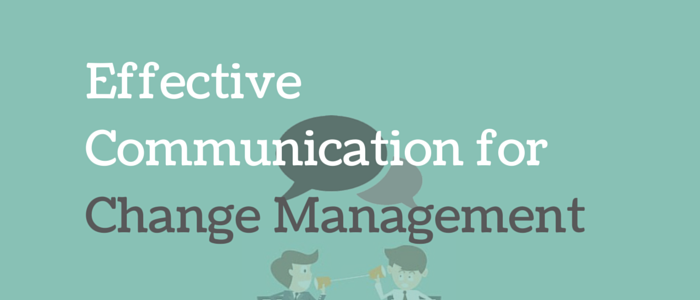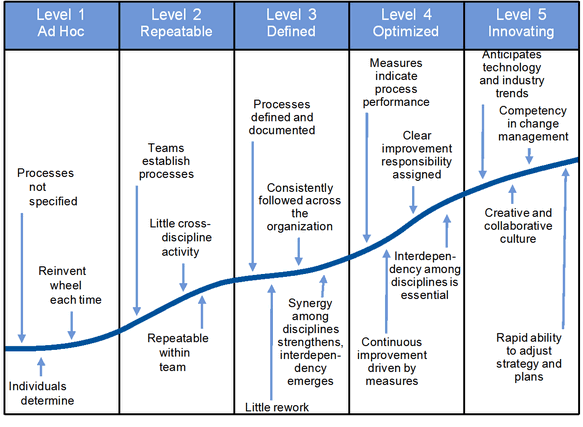In simplest terms, Predictive Analytics is the branch of statistics that uses a variety of techniques such as data mining and game theory to analyze current and historical facts in order to make predictions about future events.
The variety of techniques is usually divided in three categories: predictive models, descriptive models and decision models.
Predictive models establish relationships and patterns that usually lead to a certain behavior. By determining the explanatory variables, you can predict outcomes in the dependent variables.
Descriptive models aim at creating segmentations, most often used to classify customers based on, for instance, socio-demographic characteristics, life cycle, profitability, product preferences and so on. Where predictive models focus on a specific event or behavior, descriptive models identify as many different relationships as possible.
Lastly, there are decision models that use optimization techniques to predict results of decisions. This branch of predictive analytics particularly leans heavily on operations research, including areas such as resource optimization, route planning and so forth.
Predictive Analytics makes extensive use of existing data to form co-relation and build patterns. These get validated by predicting the present. Example: existing log files show memory leakage in the middleware application and the number of customers leaving the e-Commerce website has a very high co-relation making it safe to predict that a customer will leave in the event of a memory leak in future too.
Existing data-mining techniques can be used to build such patterns. Data Mining uses a multitude of algorithms that can automatically sift deep into your data at the individual record level to discover patterns, relationships, factors, clusters, associations, profiles, and predictions-that were previously 'hidden'.
Predicting the future: Traditionally, predictive analytics requires a laborious process. Based on a hypothesis -- an assumption to test -- the data that is needed is identified and extracted from its sources, such as an ERP or CRM system, or coming from the data warehouse. Different predictive analytics tools have different requirements on how to best process the data, usually the data require some transformation to fit the specifications of the tool. Only then the analysis can take place successfully. But the bottom line is: there are algorithms to process the existing data to validate or invalidate a hypothesis. Predictive analytics is all about designing these algorithms and validating the hypothesis in cycle to arrive at a prediction for the next set of data (could be an event)!







